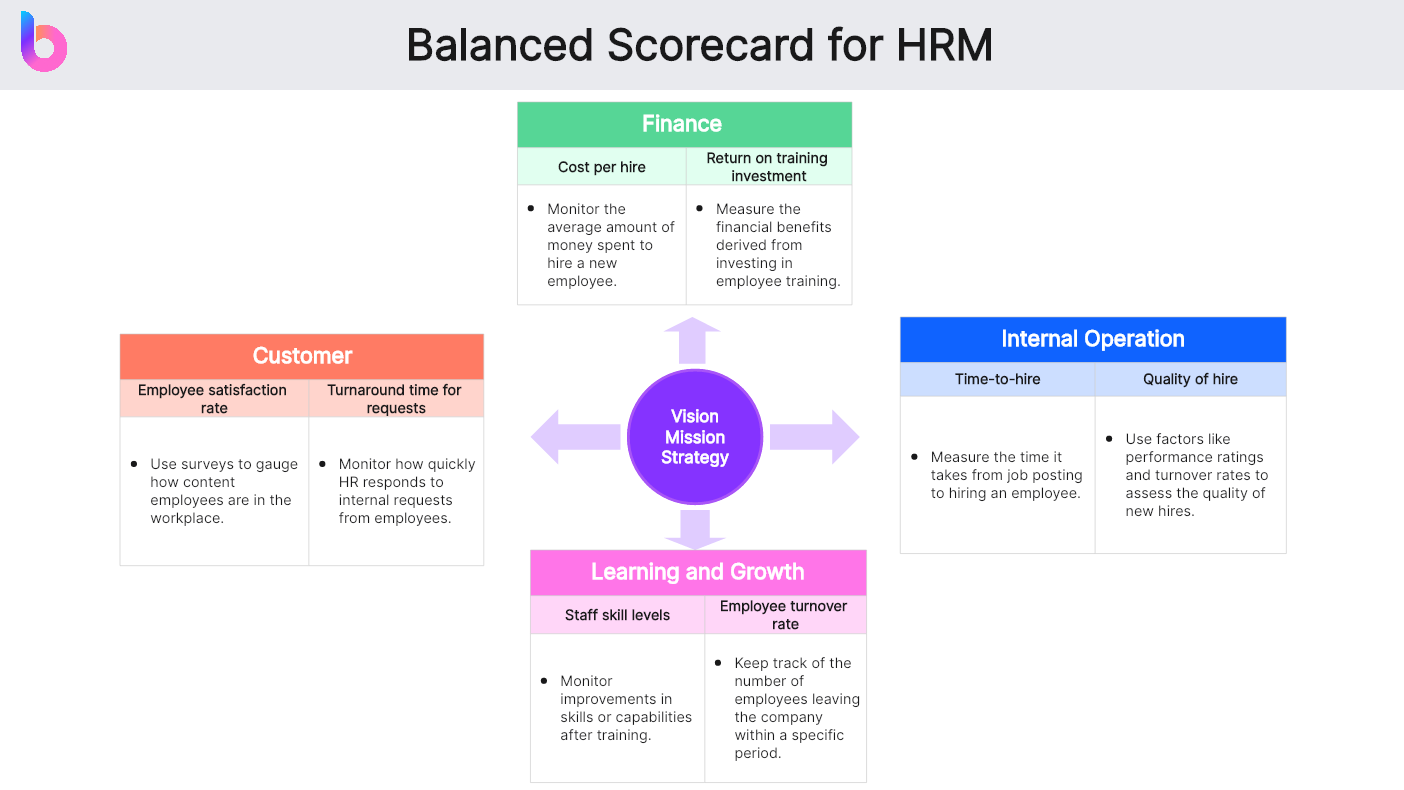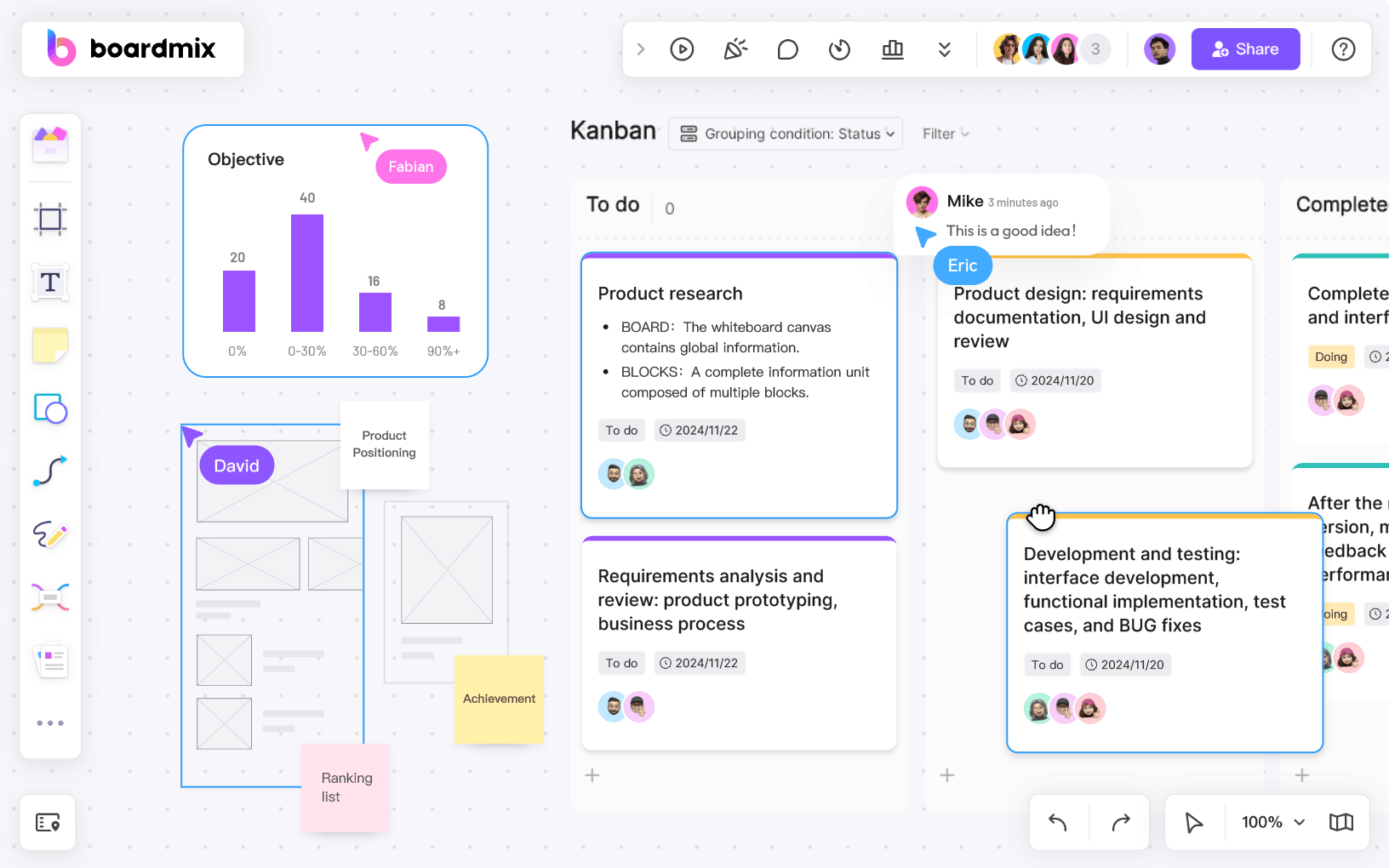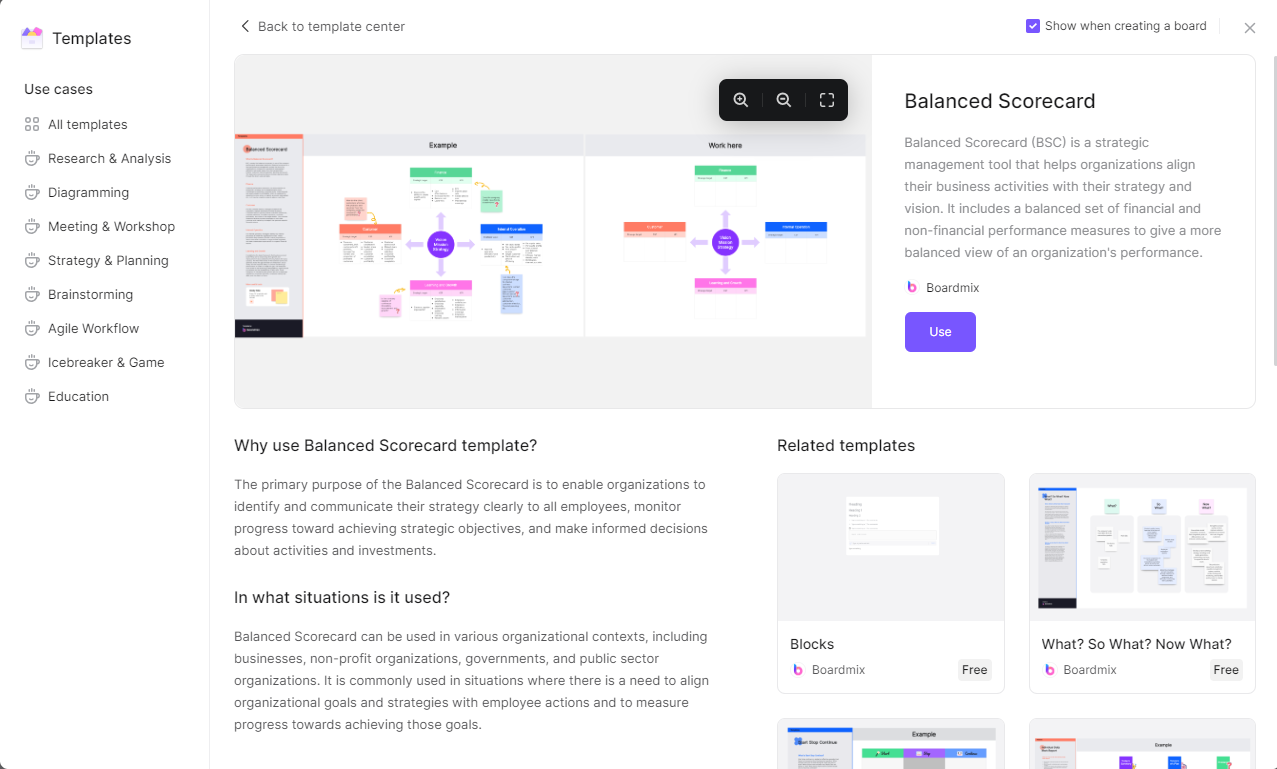Successful organizations understand that their human resources are one of their most valuable assets. In this context, the Balanced Scorecard for Human Resource Management (HRM) emerges as a critical instrument. It offers insights into the performance of HR operations and helps align them with strategic objectives. In this article, we delve into the Balanced Scorecard in HRM and show you how to better utilize this tool. Keep reading.
What Is the Balanced Scorecard for HRM
The Balanced Scorecard for HRM is a performance measurement framework that enables HR departments to track important metrics across four key perspectives. These include:
- Financial Perspective: This evaluates the financial impact of HR activities and their cost-effectiveness. Key metrics might encompass cost per hire, training ROI, or turnover costs.
- Customer Perspective: This perspective measures how well HR serves its internal customers – essentially, the employees. It could encompass metrics such as employee satisfaction scores and internal service level agreements.
- Internal Process Perspective: This angle assesses the efficiency and effectiveness of HR processes such as recruitment, talent management, or benefits administration. Key metrics might include time-to-hire, quality of hire, or process accuracy.
- Learning and Growth Perspective: Here, the focus is on the capacity for improvement and innovation within the HR department. Measures could include staff training levels, rates of process improvement, or effectiveness of technology deployment.

In essence, the Balanced Scorecard helps align HR activities with overall business strategy and provides a more comprehensive overview of HR performance than conventional measures.
What Is the Difference between an HR Dashboard and an HR Scorecard
While both the HR Dashboard and HR Scorecard are important tools for measuring HRM performance, there are key differences between them:
- Focus: The HR Dashboard is a real-time tool that offers immediate insights into operational HR metrics such as absence rates or staff headcounts. In contrast, the HR Scorecard has a strategic focus, tracking progress against longer-term objectives.
- Depth: Typically, an HR Dashboard presents surface-level data offering immediate but transient insights. An HR Scorecard, however, provides deeper, strategic-level data related to longer-term goals.
- Time Orientation: An HR Dashboard provides a snapshot of past and present data points, while an HR Scorecard is future-oriented, charting progress towards strategic goals.
- Function: The HR Dashboard functions as a real-time monitoring tool for key HR metrics. On the other hand, an HR Scorecard is a strategic performance measurement tool that tracks strategic goals and outcomes.
In summary, while both are valuable tools in the realm of HRM, they serve different purposes and offer unique insights into the performance and strategic alignment of HR operations.
How Is the Balanced Scorecard Applied to Strategic HRM
Strategic HRM is an approach that links human resources policies and practices with the strategic objectives of an organization. It involves designing and implementing a set of proactive HR practices that ensure the organization has the right people with the necessary abilities and motivation to perform efficiently and effectively.
Role of the Balanced Scorecard in Strategic HRM
The Balanced Scorecard is instrumental in implementing Strategic HRM. Here are the ways it is applied:
- Aligning HR Goals with Strategic Objectives: The Balanced Scorecard facilitates the translation of an organization's vision and strategy into a coherent set of performance measures. It ensures HR goals are not formulated in isolation but are aligned with overall organizational objectives.
- Performance Measurement: The Balanced Scorecard presents a balanced view of organizational performance, combining financial measures with operational measures related to customer satisfaction, internal processes, and the organization’s capacity to learn and improve.
- Strategy Communication: By displaying all key measures on a single page, the Balanced Scorecard helps communicate the strategy throughout the organization, making it easier for employees to understand how their roles contribute to achieving strategic objectives.
- Identifying HR Initiatives: With clear links between HR performance measures and strategic goals, HR managers can identify areas that need improvement and determine which initiatives or programs to implement.
Implementation of Balanced Scorecard in Strategic HRM
Here are the steps involved in applying the Balanced Scorecard to Strategic HRM:
- Define Organizational Strategy: Understand the organization's strategy and break it down into specific strategic objectives.
- Develop HR Objectives: Identify HR objectives that contribute to each strategic goal.
- Select HR Metrics: Choose suitable measures to assess progress towards each HR objective.
- Implement, Monitor, and Adjust: Put the plan into action, monitor results using the Balanced Scorecard, and make necessary adjustments.
By offering a structured approach to aligning HR activities with business strategies and measuring performance across a range of key areas, the Balanced Scorecard has become a critical tool in Strategic HRM.
Adapting Boardmix Balanced Scorecard Template for Your HR Department
To manage the efficiency and effectiveness of your human resource department, a Balanced Scorecard can prove to be an invaluable tool. It serves as a comprehensive performance management framework that balances traditional financial indicators with measures of additional factors that drive performance. Using a template can greatly simplify this process. Boardmix, renowned for its suite of corporate management solutions, provides a stellar template that can be tailored for any HR department.

Customizing Boardmix Balanced Scorecard Template for HRM
With the four perspectives of the Balanced Scorecard in mind, let's look at how to tailor the Boardmix template for your HR Department:

Financial Perspective
- Cost per hire: Monitor the average amount of money spent to hire a new employee.
- Return on training investment: Measure the financial benefits derived from investing in employee training.
Customer Perspective
- Employee satisfaction rate: Use surveys to gauge how content employees are in the workplace.
- Turnaround time for requests: Monitor how quickly HR responds to internal requests from employees.
Internal Process Perspective
- Time-to-hire: Measure the time it takes from job posting to hiring an employee.
- Quality of hire: Use factors like performance ratings and turnover rates to assess the quality of new hires.
Learning and Growth Perspective
- Staff skill levels: Monitor improvements in skills or capabilities after training.
- Employee turnover rate: Keep track of the number of employees leaving the company within a specific period.
It is crucial to remember that these metrics may vary based on specific organizational needs. It would be best to review these metrics regularly to ensure they are relevant, meet your organization’s strategic goals, and provide actionable insights.
In conclusion, the Boardmix Balanced Scorecard template provides a solid foundation for any HR department to align their activities with overall business strategy and provides a more comprehensive overview of HR performance than conventional measures. Just try it out today!













